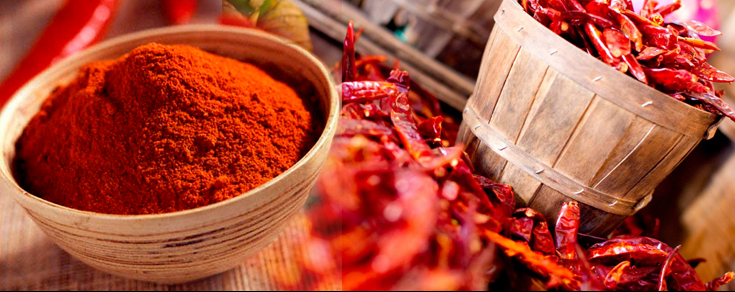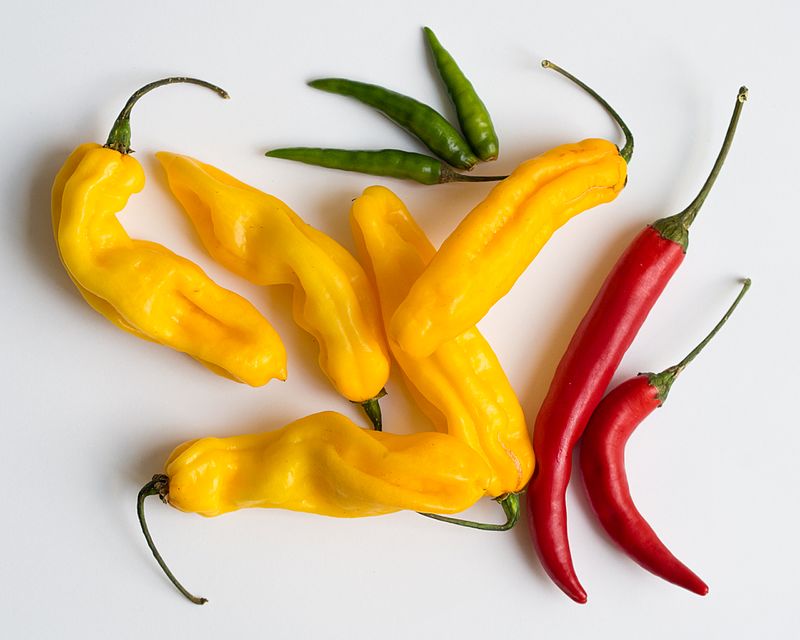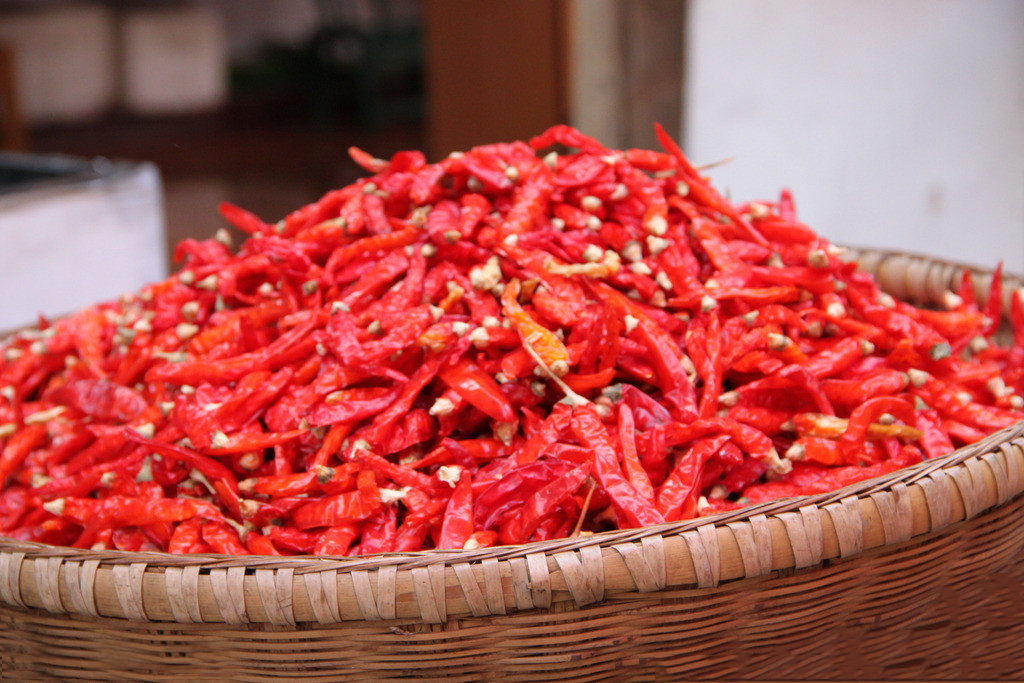The Versatility and Global Appeal of Chinese Chili Peppers in Culinary Applications
Chinese chili peppers have long been an indispensable ingredient in global cuisine, offering not just heat but complex flavor profiles that enhance dishes across cultures. As a professional exporter of premium Chinese chili products, I’m delighted to showcase how these vibrant peppers have evolved from a regional specialty to an international culinary phenomenon. This article explores the diverse applications of Chinese chili peppers in food, their rising global demand, and the innovative ways chefs and home cooks worldwide are incorporating them into modern gastronomy.
The Flavor Spectrum of Chinese Chili Peppers
China’s vast geography and agricultural diversity have given rise to an extraordinary variety of chili peppers, each with unique characteristics that make them suitable for different culinary applications. Unlike the one-dimensional heat of some peppers, Chinese varieties offer a symphony of flavors—fruity, smoky, floral, and umami-rich—that elevate them beyond mere spice agents.

Anhui Erjingtiao peppers are prized for their balanced heat (30,000-50,000 SHU) and fruity aroma, making them ideal for stir-fries and chili oils. Sichuan’s facing heaven peppers (Chaotianjiao) deliver intense heat (50,000-75,000 SHU) with citrusy notes, essential for authentic mapo tofu. Guizhou’s Zunyi chili peppers, known as “fragrant bombs,” provide moderate spice (40,000-60,000 SHU) with a distinctive smoky-sweet profile perfect for dry pot dishes. Yunnan’s drop peppers offer floral aromas with delayed heat, excellent for pickling and sauces.
What sets Chinese chili peppers apart is their “xiangla” (香辣) quality—the harmonious balance between fragrance and heat. This characteristic, particularly evident in peppers like the Jiangxi Anyuan chili which saw prices increase by 20-50% after branding efforts, makes them versatile across cuisines. The Zunyi chili from Guizhou exemplifies this with its “fragrant, spicy, oily, and bright” qualities that account for 8% of China’s total chili production and 3% globally.
Traditional Chinese Applications: Beyond Heat
In Chinese culinary tradition, chili peppers are never just about adding spice—they’re foundational flavor builders. The art of layering chili flavors is evident in these classic preparations:
Chili Oil (Hongyou): The cornerstone of Sichuan cuisine, combining Erjingtiao peppers for fragrance and Chaotianjiao for heat, steeped in aromatic oils. Premium versions now command $15-20 per jar in specialty stores worldwide, a testament to their gourmet status.
Doubanjiang (Fermented Chili Bean Paste): The “soul of Sichuan cuisine,” this aged paste made from broad beans and chili peppers is indispensable in dishes like mapo tofu. The traditional 3-year fermentation process develops deep umami flavors, with exports reaching $100 million annually.
Dried Chili Flakes (Lajiao Mian): Sun-dried and crushed Zunyi peppers create a versatile seasoning that’s finding new applications in global kitchens, from artisanal pizzas to craft cocktails.
Pickled Chilies (Paojiao): The lactic acid fermentation of Guizhou peppers creates tangy, complex flavors used in hot pots and noodle dishes. This traditional preservation method is now studied by food scientists for its probiotic benefits.
The recent branding success of Jiangxi’s Anyuan chili demonstrates how traditional products gain value—once sold for 2-3 yuan/kg, premium grades now fetch 50-60 yuan/kg after establishing their reputation in markets like Russia.

Global Fusion: Chinese Chilies in World Cuisine
The globalization of Chinese chili peppers reflects broader culinary cross-pollination. Chefs worldwide are discovering that these peppers offer more nuanced heat than standard options:
Japanese Washoku Fusion: Tokyo’s Michelin-starred restaurants use Sichuan peppercorn-infused chili oils to add dimension to sashimi, creating a sensation dubbed “Sichuan-washoku.”
Korean Kimchi Revolution: Seoul’s avant-garde chefs are substituting traditional gochugaru with Yunnan drop peppers for a fruitier, more complex kimchi profile.
Nordic New Wave: Copenhagen’s Noma has featured dishes with Guizhou chili-fermented sauces, pairing them with local seafood in what critics call “Chineo-Nordic fusion.”
California Health Food: Los Angeles wellness cafes promote Sichuan chili-spiced chocolate as a superfood, capitalizing on capsaicin’s purported metabolic benefits.
The market potential is enormous—the global hot sauce market reached $5 billion in 2022 and is projected to grow to $6.8 billion by 2028. Chinese chili products like Fly By Jing’s premium sauces have successfully penetrated this market by emphasizing artisanal production and health-conscious formulations (non-GMO, no artificial additives), selling at 6x the price of mainstream brands.√

